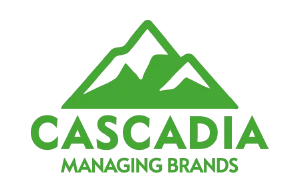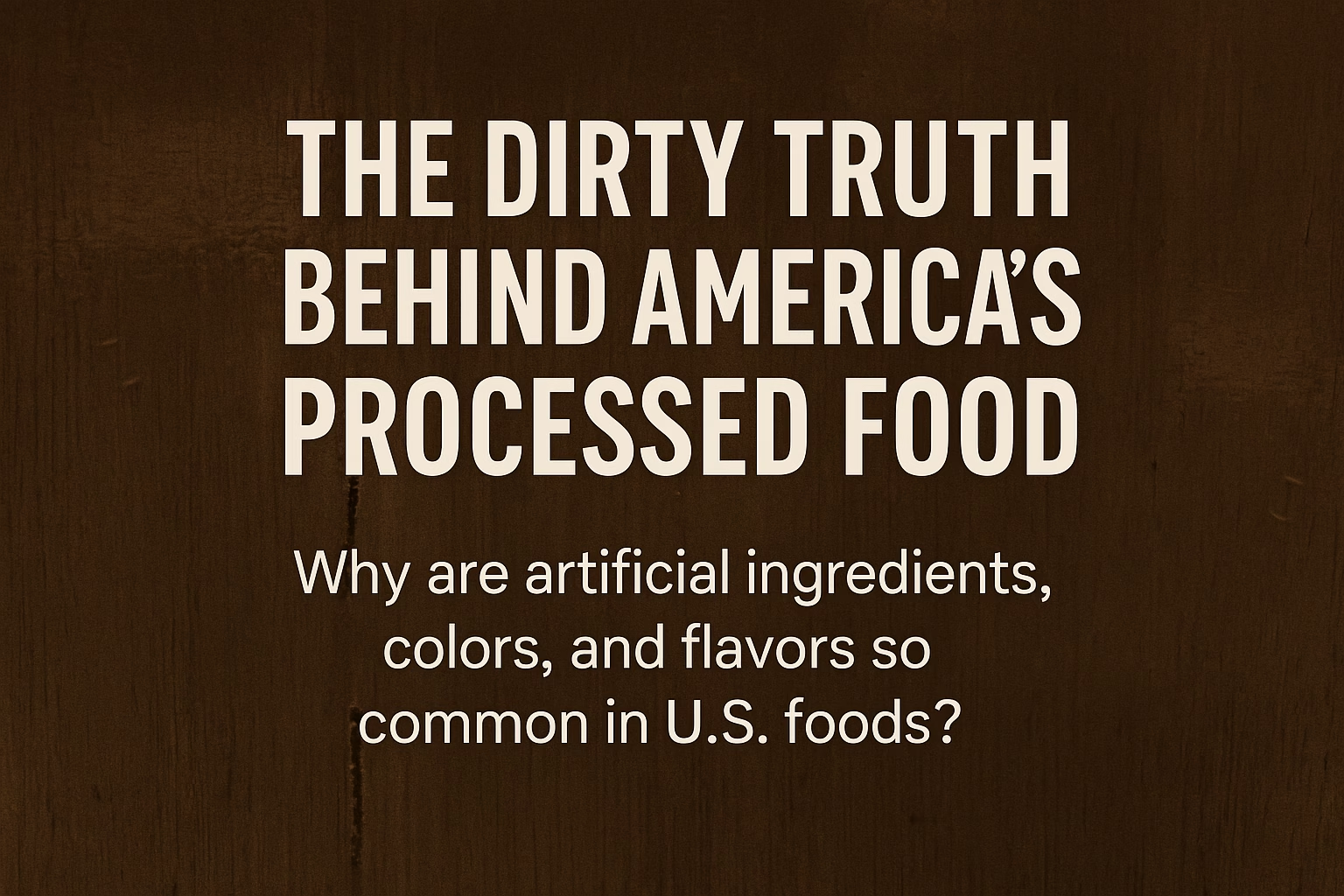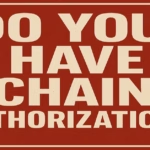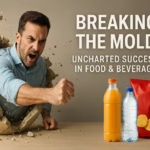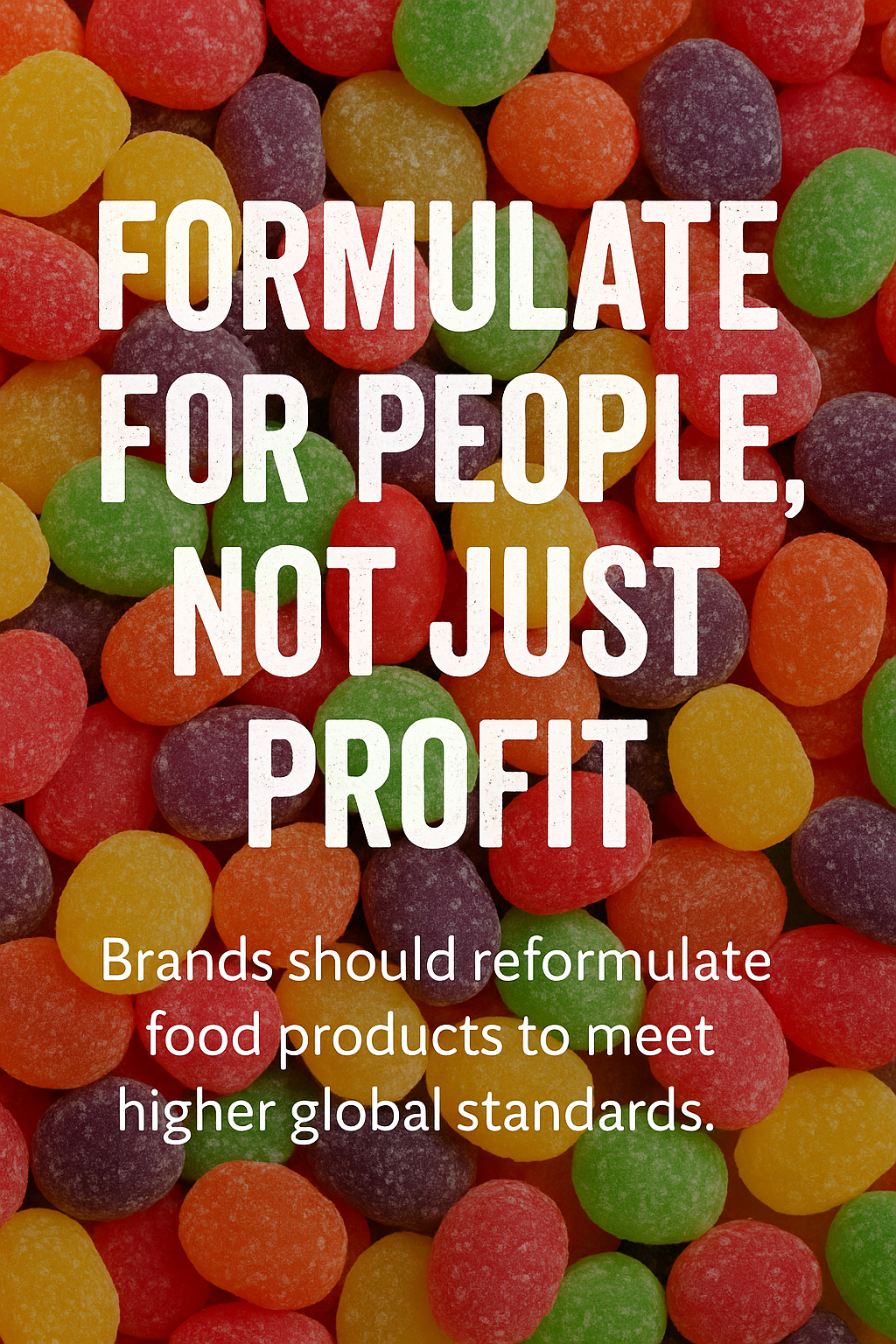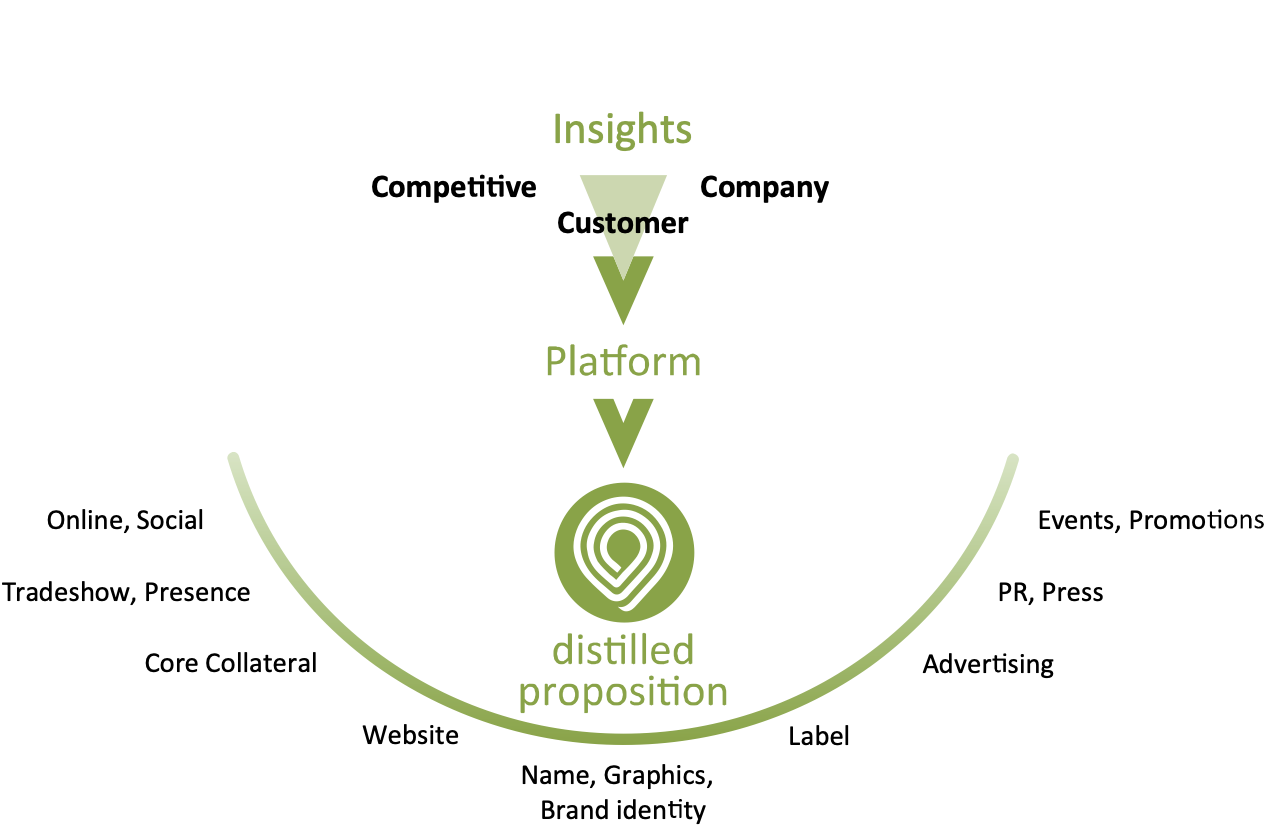The functional beverage space is evolving—fast. What started with protein shakes and vitamin waters has transformed into a sophisticated market…
The Dirty Truth Behind America’s Processed Food: What We’re Really Eating and Why It’s So Different from Europe and Canada
“Why do American food companies keep poisoning us?”
That’s a question more and more conscious consumers are asking — and with good reason. If you’ve ever traveled abroad and noticed that your favorite cereal tastes better in France, your ketchup isn’t as sweet in Canada, or you didn’t feel like garbage after drinking a soda in Italy, it’s not your imagination.
It’s reality. And it’s rooted in decades of calculated decisions by the largest food conglomerates in the United States.
This isn’t just a matter of taste. It’s about public health, policy manipulation, consumer ignorance, and a corporate system that prioritizes shelf life and shareholder profits over actual human lives.
Why Did U.S. Food Giants Start Using Artificial Ingredients in the First Place?
Let’s be blunt: it wasn’t because artificial colors and high-fructose corn syrup made food better for you.
In the mid-20th century, after World War II, the U.S. entered a new era of mass production and consumerism. Food companies faced pressure to meet skyrocketing demand while slashing production costs. The goal was to create products that:
- Lasted longer on the shelf
- Looked vibrant and “fresh” indefinitely
- Had addictive taste profiles to drive repeat purchases
- Could be produced with cheaper raw materials
Artificial dyes replaced expensive natural ones. Chemical preservatives extended shelf life. Synthetic flavors mimicked real fruit and spices. And cheap, refined sugars (later, high-fructose corn syrup) were pumped into everything — not because consumers wanted it, but because it was profitable.
Food Became a Science Experiment — and We Were the Test Subjects
Here’s the kicker: many of these ingredients were never adequately tested for long-term human consumption. They were generally recognized as safe (GRAS) by the FDA — sometimes based on industry-funded research or decades-old data.
So why does Europe and Canada regulate these substances more strictly?
Let’s Talk Ingredients: U.S. vs. Europe vs. Canada
Let’s break down just how different everyday food products are across countries — despite having the same brand names.
1. Kraft Mac & Cheese
- United States: Artificial Yellow 5 and Yellow 6, both petroleum-based dyes linked to hyperactivity in children.
- Europe (UK): No artificial dyes. Uses natural alternatives like paprika and beta-carotene. A warning label is also required if artificial dyes are used.
- Canada: Stricter labeling laws; some artificial dyes are allowed but under tighter regulation.
2. Mountain Dew
- United States: Contains Brominated Vegetable Oil (BVO), a flame retardant banned in 100+ countries.
- Europe: BVO is banned.
- Canada: BVO was recently removed following public backlash.
3. Heinz Ketchup
- United States: High-fructose corn syrup is the second ingredient.
- Europe: Uses sugar, not HFCS, and in lower quantities.
- Canada: Similar to Europe; lower sugar and no HFCS in many versions.
4. McDonald’s French Fries
- United States: Contains over 10 ingredients, including dimethylpolysiloxane (anti-foaming agent used in Silly Putty) and beef flavoring.
- UK and France: Only potatoes, vegetable oil, and salt.
The Great “Organic” Lie in the U.S.: A Word That Doesn’t Mean What It Says
The word “organic” should be absolute.
Either a food is organic — grown without synthetic pesticides, chemical fertilizers, GMOs, artificial preservatives, or irradiation — or it’s not.
But in the United States, the USDA has redefined the term to mean something less than whole. Something flexible. Something branded.
And that’s where the deception begins.
What Does “Organic” Mean in the United States?
According to USDA guidelines:
- 100% Organic means all ingredients must be certified organic (excluding water and salt).
- Organic (the most common label) means only 95% of the ingredients must be certified organic.
- “Made with Organic Ingredients” means just 70% of the product is organic — the other 30% can be non-organic, including some synthetic ingredients.
So when you see a product at Whole Foods labeled “Organic,” it may still contain 5% non-organic substances — and in some cases, those can include synthetic additives that would never pass inspection in Europe or Canada.
Think about that for a second:
The term “organic” in the U.S. allows up to 5% of the product to be NOT organic — by design.
This is like selling “gluten-free” bread with a little bit of wheat, or “sugar-free” candy with 5% sugar. It undermines the entire definition.
Compare That to Europe and Canada
European Union Organic Standards
- To be labeled Organic, 95% of agricultural ingredients must be organic — but the remaining 5% must be strictly vetted, natural, and non-synthetic.
- Artificial colors, preservatives, and GMOs are completely banned.
- The EU heavily emphasizes animal welfare, biodiversity, and ecological impact.
- Private certifiers (like Soil Association in the UK or Ecocert in France) often go above EU minimums.
Canada Organic Standards
- Also uses the 95% threshold, but like Europe, the remaining 5% must come from a limited list of approved substances — generally naturally-derived and reviewed.
- GMOs, synthetic pesticides, antibiotics, and artificial preservatives are banned under organic certification.
- Canada requires rigorous inspections, and organic claims are enforced federally.
In other words: while Europe and Canada still use the 95% benchmark, they tightly control that last 5%. The U.S., by contrast, has allowed industry lobbying to expand the list of acceptable non-organic substances — which is now dozens of items long and growing.
The USDA’s Organic Brand: A Compromise of Convenience
Let’s call it what it is.
The U.S. “Organic” seal is not a guarantee. It’s a marketing tool wrapped in green and stamped with a little USDA circle. It gives consumers the illusion of purity while permitting companies to use:
- Synthetic substances (like carrageenan, natural flavors, baking soda made with ammonia)
- Non-organic ingredients under the umbrella of “approved exceptions”
- Plastic packaging and questionable supply chain practices that conflict with environmental goals
All while still charging a 30–70% premium at retail.
The FDA’s Role: Protector or Enabler?
Let’s not forget that the U.S. Food & Drug Administration permits ingredients that the EU has outright banned — even when strong scientific evidence links them to cancer, neurotoxicity, endocrine disruption, or behavioral issues.
This isn’t conspiracy — it’s policy.
Many of these decisions trace back to intense lobbying from food conglomerates. The FDA is underfunded and often reacts only after public pressure or significant media attention. It’s a regulatory body trapped between its mandate to protect consumers and its inability to stand up to billion-dollar lobbying interests.
So, What Does This Mean for the American Consumer?
- You’re being lied to. Your food doesn’t have to be this toxic. It’s just cheaper for Big Food to make it that way.
- You’re likely consuming banned substances daily.
- You’re addicted by design. Many processed foods are chemically engineered to hit “bliss points” — the perfect combination of sugar, fat, and salt to hijack your brain.
- Your health is collateral damage. Diabetes, obesity, heart disease, and ADHD rates are not a coincidence — they’re partly the result of systemic dietary manipulation.
We Eat These Foods All the Time — But At What Cost?
We trust the system. We assume that if it’s on a shelf, it must be safe. But the U.S. is the only developed nation where profit trumps public health at such an institutional level.
Europeans aren’t inherently healthier — they’re just protected by laws that value citizens more than corporations.
And here’s the deeper problem: In modern capitalism, money and profit have become the point, instead of the tool.
Money is like blood in the human body. It is necessary to keep everything functioning, to circulate resources, and to fuel activity. But blood is not life itself. Nobody wakes up and says, “I live for blood.” We live for joy, connection, health, purpose. Blood is just the enabler.
Likewise, profit should enable better products, stronger communities, and healthier people. Instead, it has become the mission itself. In the food industry, that means cutting corners, hiding truths, and sacrificing long-term well-being for short-term stock gains.
What Can You Do About It?
- Read ingredient labels — even on “healthy” brands.
- Look for “100% Organic” labels or brands with independent certifications.
- Support food companies that fight the system, not profit from it.
- Vote with your wallet.
And perhaps most importantly:
Start asking louder questions.
If Kraft can sell a safer version of Mac & Cheese in the UK, why not here? If PepsiCo removes BVO from Canadian Mountain Dew, why is it still in the U.S. version?
The answer is simple: they think you won’t notice.
Maybe it’s time to prove them wrong.
